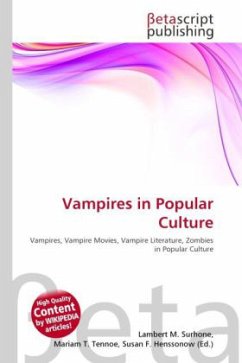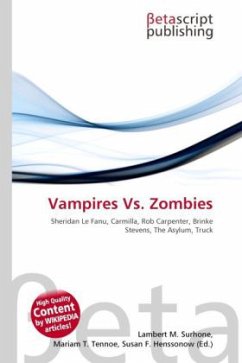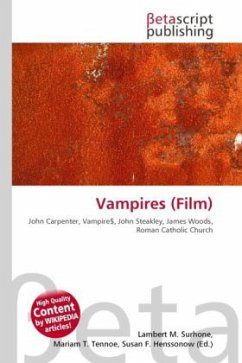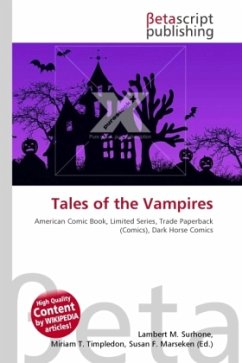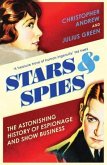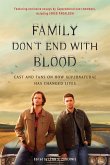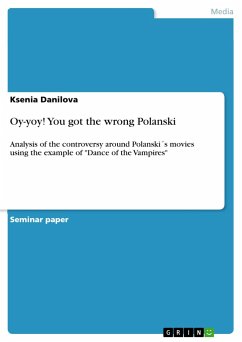High Quality Content by WIKIPEDIA articles! Vampires in popular culture includes vampire movies, literature, theatre, opera, ballet, music, paintings and video games. They are more popular than any other genre, only Zombies in popular culture coming a close second in recent years. The Vampire (1913, directed by Robert G. Vignola), also co-written by Vignola, is the earliest vampire film. Confusingly some of the first cinematic vampires were in reality 'vamps'. These were derived from the writer Rudyard Kipling who was inspired by a vampiress painted by Philip Burne-Jones, an image typical of the era in 1897, to write his poem 'The Vampire'. Like much of Kipling's verse it was incredibly popular, and its refrain: A fool there was . . . , describing a seduced man, became the title of the popular film A Fool There Was that made Theda Bara a star, the poem being used in its publicity. On this account, in early American slang the femme fatale was called a vamp, short for vampiress.
Bitte wählen Sie Ihr Anliegen aus.
Rechnungen
Retourenschein anfordern
Bestellstatus
Storno

